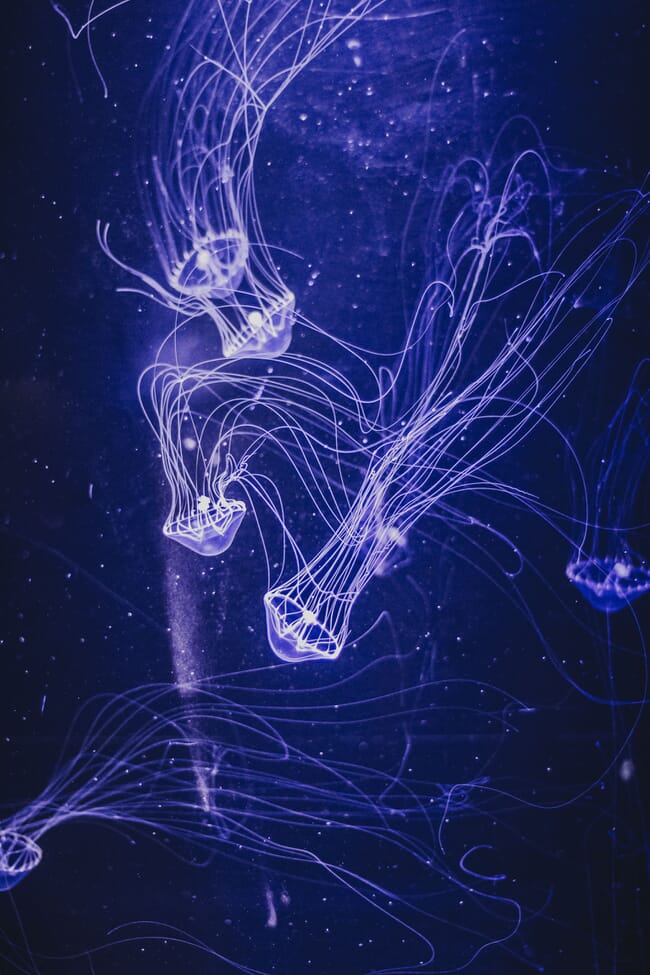
Speaking ahead of the virtual event, Lucy Fry, regional health manager at Mowi, said that daily monitoring of plankton and hydrozoans pointed towards a range of jellyfish species as a possible cause for some previously unexplained gill health challenges.
Due to their size, hydrozoans cannot be detected by the naked eye, but microscopic analysis is helping Mowi to map out their presence on its sites. Around 10 percent were found to have experienced significant blooms of different hydrozoan species since monitoring began 12 months ago.
Hydrozoans can be more problematic than larger jellyfish species, with stinging cells potentially causing damage to gill tissue. They can lead to significant gill damage and potentially complicate other concomitant gill infections such as amoebic gill disease (AGD). Because of their size there is also a risk of them causing significant internal damage to fish by getting into their digestive systems.
“We are constantly looking for new ways to enhance fish health and, with our improved system for monitoring micro jellyfish, we are now able to begin to track patterns and trends that will indicate the need for further preventative measures to protect fish stocks against hydrozoans. By continuing this research and sharing knowledge, we hope to develop a better cross-sector understanding of how fish are affected by micro jellyfish species and identify whether they do contribute to AGD and other unexplained gill health issues, as we currently suspect,” said Fry.
Hydrozoans are known to be an international concern, with producers in Canada, Norway, Chile and Ireland having previously reported their presence, but increased monitoring could be the key to managing their impact. The issue is among many gill health influences being discussed at the International Gill Heath Conference on 26th and 27th October delivered by the Sustainable Aquaculture Innovation Centre (SAIC) with support from the Norwegian Seafood Research Fund (FHF).
With 400 delegates already registered, professionals, researchers and students from the aquaculture sector are invited to attend the free two-day conference that aims to improve the understanding of gill health, share knowledge, and hear about best practice from international experts.
Heather Jones, CEO of SAIC, said: “Enhancing gill health is an international priority area for aquaculture, and innovation and collaboration have the power to make a big difference to fish wellbeing. Through conferences like this we can share knowledge to further the understanding and awareness of different factors that impact the sector. It’s incredibly important that we work together, both domestically and internationally, to communicate results and share cutting-edge innovation that can help solve challenges for the benefit of the entire sector.”
To register for a free ticket to the International Gill Health Conference, visit: https://hopin.com/events/international-gill-health-conference?code=1lsMNCZbN8FbyJZeEaCK0NMGH#top



